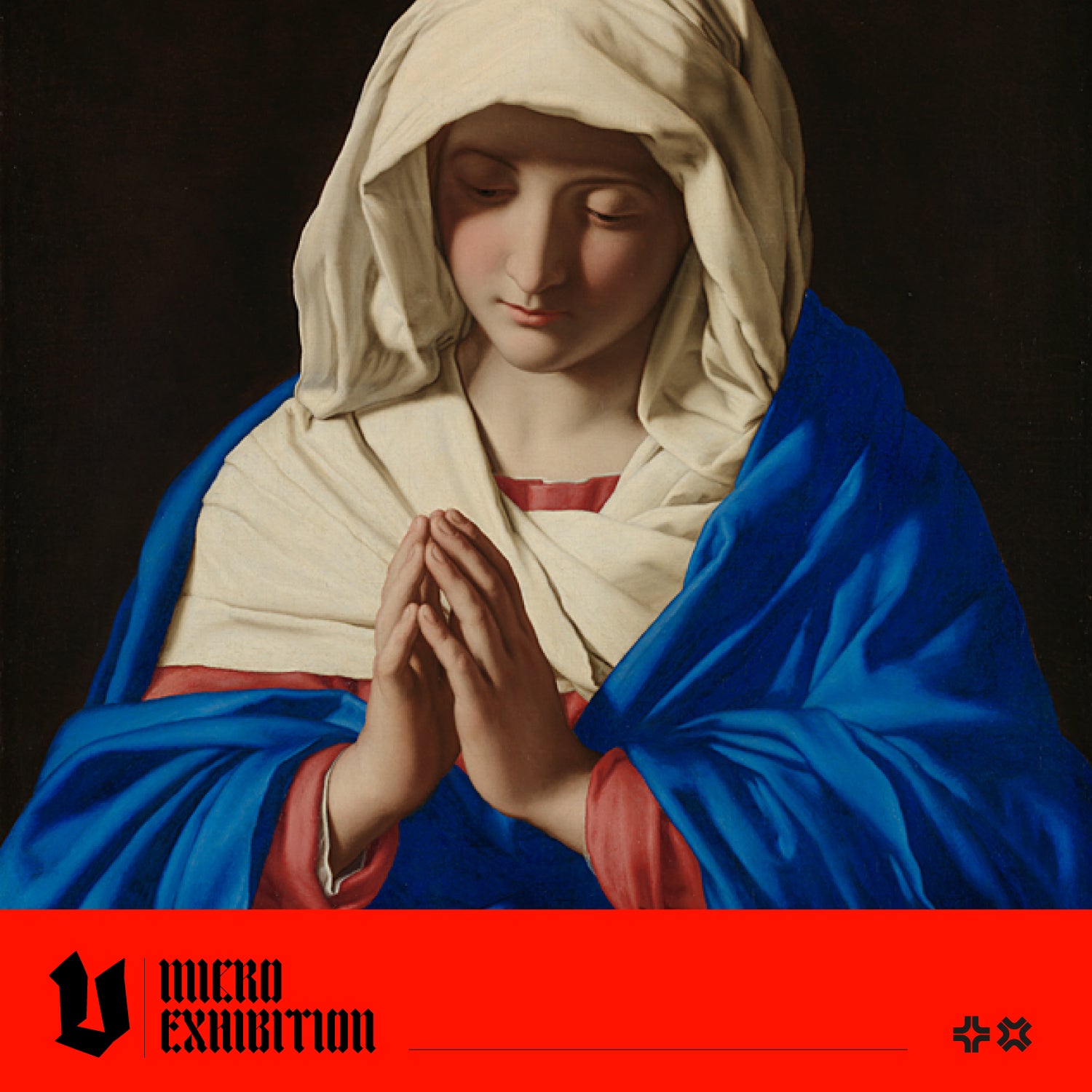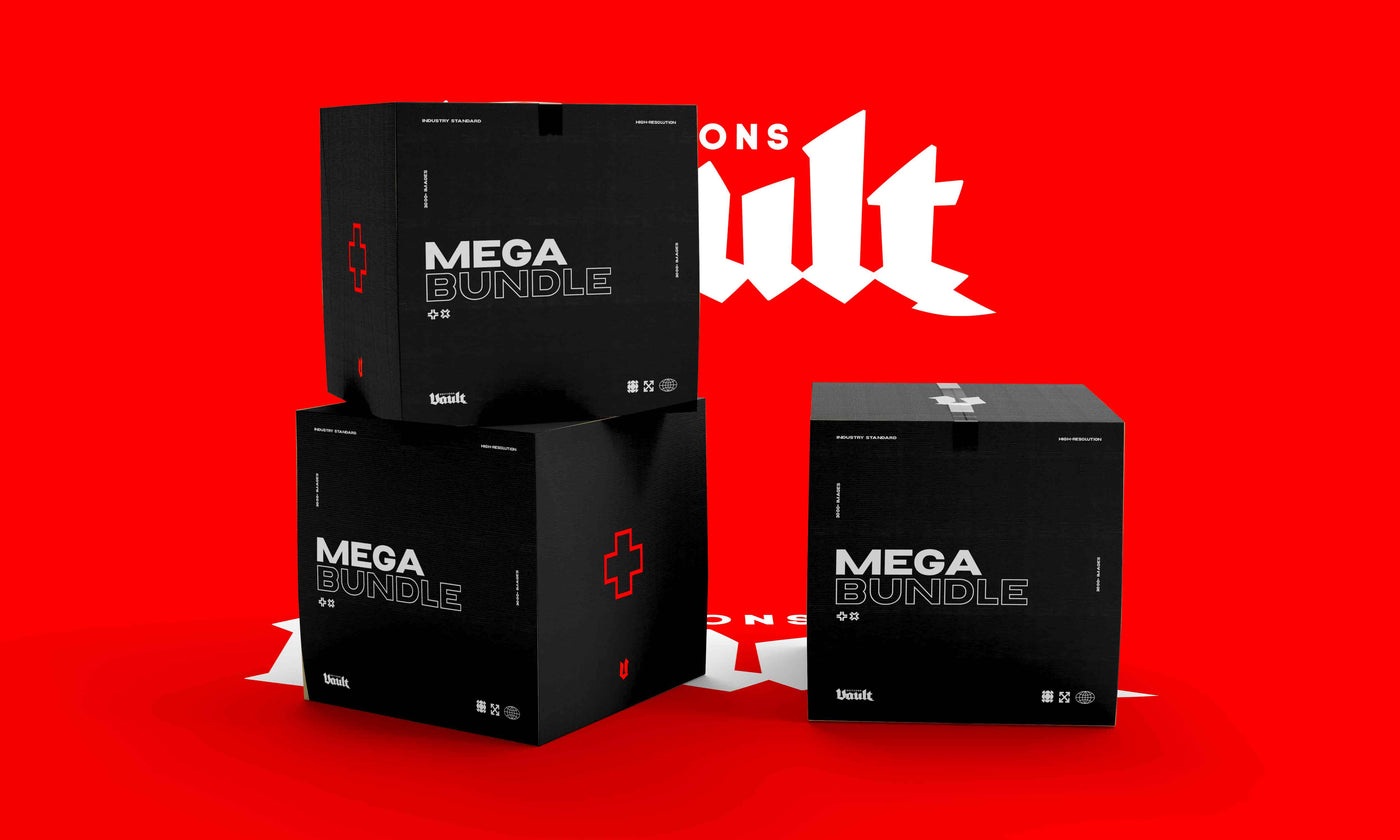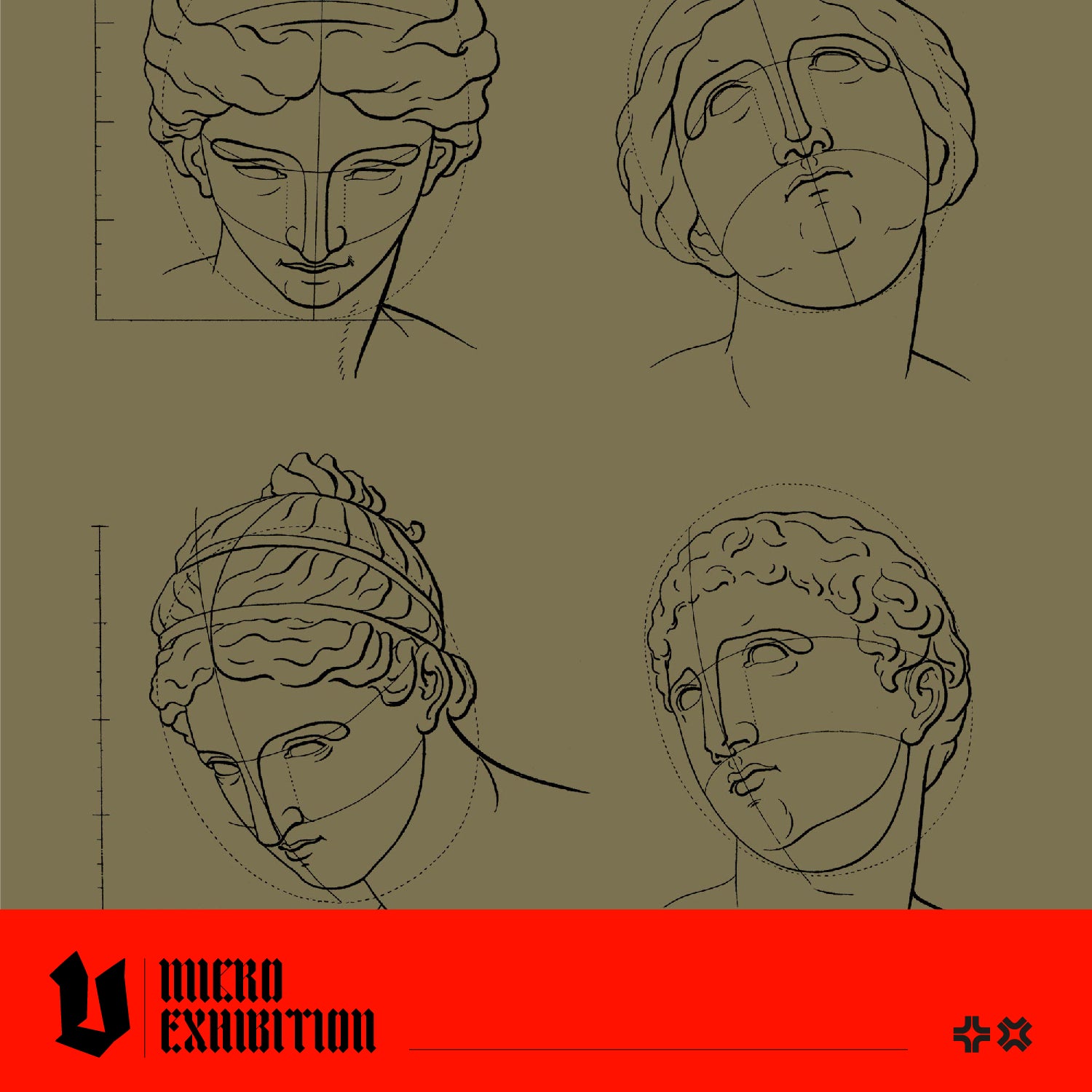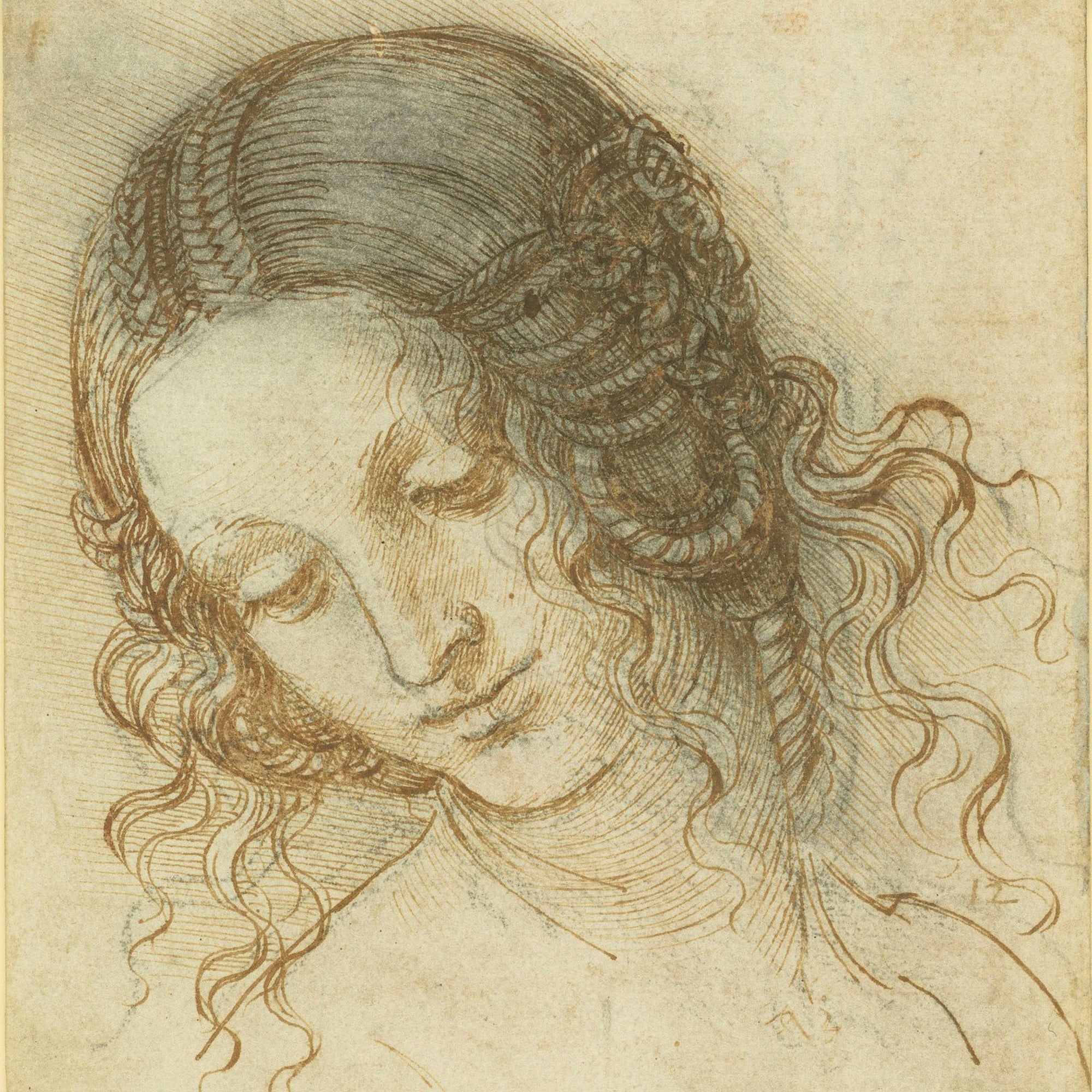What you may not know about some of the world's most famous and recognisable paintings is that they were created with paint made from some very special ingredients. In this blog post, we will take a look at some of the more interesting (and dangerous!) paints used by artists of the past and find out what makes them so special.
Edit: 13th March 2023: Updated with more fascinating and beautiful examples, including bone black, Vandyck brown, Madder lake, and more!
Why Was Ultramarine Paint So Precious?
What Is Vermillion Paint?
Vermilion is a rich, orange-red colour made from cinnabar, a form of mercury sulfide. Cinnabar is a naturally occurring mineral in several parts of the world, including China and Spain. Mining this material is very dangerous and challenging, as mercury is poisonous, and it's dangers were known as far back as ancient Rome, where mining cinnabar was known to be a lethal occupation. Wealthy Romans used the resulting paint to paint luxurious buildings. Archaeologist and ethnologist Anne Varichon's book, Colours, includes a report from Pliny stating that the painters of Villa Dei Misteri stole lots of the expensive pigment by frequently washing their brushes and saving the wash water. Due to its toxic nature, alternatives to Vermillion have been used since fourth century China.
Today we can enjoy the safe option of cadmium red, a synthetic shade invented in 1919. An interesting property of Vermilion is that it changes colour over time; you can see this in the painting, Niccolò Mauruzi da Tolentino at the Battle of San Romano by Paolo Uccello. The horse's bridle was painted with Vermillion and is now dark brown, where it was originally red.
  Niccolò Mauruzi da Tolentino at the Battle of San Romano
Niccolò Mauruzi da Tolentino at the Battle of San Romanoby Paolo Uccello |
How Is White Lead Paint Made?
Did The Colour Of Napoleon's Walls Play A Role In His Death?
Malachite: Admired Since Ancient Egypt
Malachite is a captivating green copper carbonate that can be ground and purified to make paint. The resulting powder is comparatively coarse, as the colour fades the finer it is ground. Malachite pigments decorated Ancient Egyptian tombs, and it is thought to be one of the oldest known green paints.
The colour of solid malachite ranges from deep green to light green, with bands of lighter and darker shades. In its purest form, malachite has an intense deep green colour, but most specimens contain spots or circles of lighter or darker greens. Malachite is also known as Bremen green, olympian green or iris green.
 |
Orpiment: A Deadly Shade of Yellow
Orpiment is a lemon or canary yellow shade, also known as King's yellow. It was a bright yellow paint used in the eighteenth century. Volcanic orpiment has been a valued commodity since the Roman Empire and is gathered from sulphurous fumaroles (natural gas vents around active volcanoes). Magnificent example below, Orpiment Crystals from Twin Creeks Mine, Potosi District, Humboldt County, Nevada, USA.
 |
Preparing this pigment is a highly complicated process that requires manual labour at every stage, from selecting crystals and removing impurities to grinding them into a powder, breaking them by hand if needed, and finally chemically separating the sulfur before being heated for use in paint.
Unfortunately, orpiment is highly toxic due to its high arsenic content, making it extremely dangerous. Its beautiful golden colour also appealed to alchemists searching for a way to make gold from base materials. You can see an example of its use in the painting Happy Union by Paolo Veronese.
 |
Madder Lake: A Red Colour Made From A Plant
Madder Lake is a vivid red pigment that originates from the root of the madder plant (Rubia tinctorum). Artisans have used it throughout history to lend beautiful shades of reds and pinks to their work as a paint or fabric dye. An early example of this practice was used in India, where researchers discovered cotton dyed with madder dating to the 3rd millennium BCE.
The production process begins with drying out the Madder root. It is then crushed and separated from the bark. The substance is then ground with stones and made into a powder. Before using it as a paint or dye, Madder lake must be mixed with other ingredients like clay or alum.
Artists could apply Madder lake paint over a coat of vermilion paint (a bright red shade with an orange tint); this layering technique enhances the vermillion colour and prevents colour fade. This process is used to colour in the dress featured in The Girl with a Wine Glass by Vermeer.
 |
Bone Black: Inspiring Artists Through The Ages
Bone black paint has a long and storied history since ancient times and has been noted in Egyptian, Greek and Roman art. It has remained in use throughout the Renaissance to modern times. The paint is made by burning animal bones in an oxygen-free environment, such as a kiln or oven until it is reduced to charcoal or ash. Historically, waste ivory was also used instead of bone, but this is not in practice today due to environmental and cost considerations.
Bone black can also be combined with other colours to create a wide range of hues, from light greyish-black to deep blue-black tones. You can see an example of bone black in the clothes in the painting below, Portrait of Philips Lucasz by Rembrandt.
 |
Vandyke Brown: Creating Shades and Shadows
Vandyke brown, also called Cassel earth or Cologne earth—is a dark brown colour named after the 17th-century Flemish painter Anthony van Dyck. This pigment is traditionally made by blending various types of peat and soil from Germany's Cologne and Kassel regions. This pigment has been used in oil and watercolour paintings since the 17th century, with its popularity increasing in the 19th century. Old Masters such as Rubens used it mixed with gold ochre to create a transparent brown hue. Rembrandt also used it to create dark atmospheric backgrounds, such as his painting of Saskia van Uylenburgh as Flora, below.
 |
Read Part II of our series about amazing paint ingredients
We thoroughly enjoyed learning about historical paint production techniques and applications from the collection of articles linked below, and recommend these websites for readers keen to delve further into this topic.
Eclectic Light blog, Dutch Fine Paintings.com, WebExhibits.org, ColourLex
Interested in Learning More?
 |
An Image Archive for Artists and Designers
Illustrated borders and frames have inspired artists and designers for centuries, from Medieval manuscripts through the Renaissance and Baroque periods and beyond. This release from Vault Editions, brings these timeless designs into the hands of the contemporary creative. Use these incredible borders and frames to create elegant wedding stationery or unique greeting and business cards. Add a frame to your existing artwork for added depth and visual interest, or incorporate these beautiful motifs into a tattoo design for extra impact.
 |



 The Virgin In Prayer by
The Virgin In Prayer by 
 Woman Embroidering by Georg Friedrich Kersting
Woman Embroidering by Georg Friedrich Kersting

